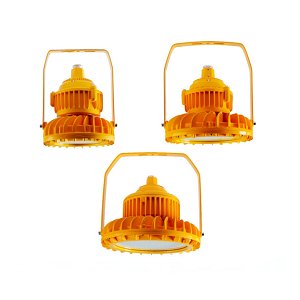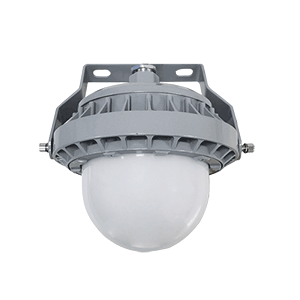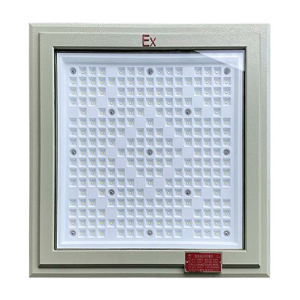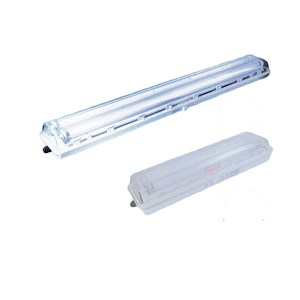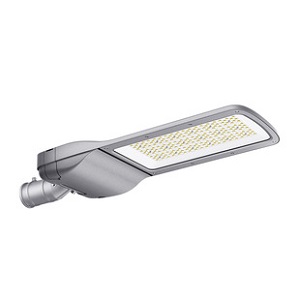Which color LED light is best for sleeping?
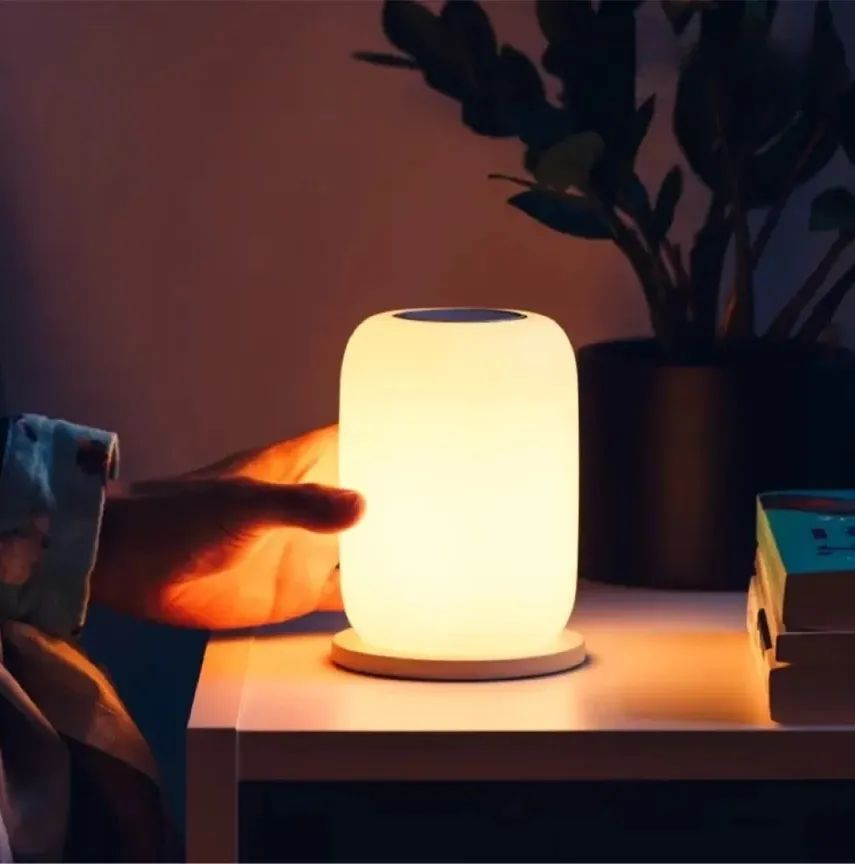
We often see advice that reminds us to stay away from bright colors near bedtime. The truth is that certain colors of light do help with sleep. This is because the hormone melatonin plays a crucial role in our body’s sleep cycle. So how exactly does light affect our sleep? And which colors of LED lights help you sleep?

How does light affect sleep?
Light greatly affects our circadian rhythm, which is the biological clock that controls when we need to sleep. This biological clock operates on a 24-hour cycle. When it’s bright outside, the body knows it’s time to get up; when it’s dark, the body prepares to go to sleep.
The body receives signals of wakefulness and sleep through the rhythm of sunrise and sunset. Specifically, the warm light of the setting sun may suggest that it is time to go to bed. However, people often use artificial light sources after sunset, which can disrupt circadian rhythms and lead to insomnia and other sleep disorders.
The natural hormone melatonin, which promotes sleep, is also affected by light. In dark environments, the brain’s pineal gland secretes melatonin. However, certain forms of light, such as blue light, inhibit melatonin production.
Which LED light color is bad for sleep?
Cool LED light colors can make it difficult for the body to fall asleep compared to warmer colors that may help you sleep. Cooler light may keep you awake at night because it promotes concentration and focus.
BLUE LIGHT: Blue light nightlights are bad for sleep because they have a specific effect on circadian rhythms and can act on photoreceptors in the eyes. In addition to suppressing melatonin, blue light helps the body stay awake. Frequent exposure to blue light at night can mislead the body into thinking it’s still daytime, which can disrupt circadian rhythms and reduce sleep quality.
Green Light: Similar to blue light, green light reduces drowsiness by decreasing melatonin production. Although blue light reduces melatonin levels twice as much as green light, it is best to avoid exposure to green light before bedtime.

Which color lights are best for sleeping?
Red and amber light are ideal sleep nightlight colors because they are calming and pleasant shades that help promote restful sleep. It is believed that colors close to red in the spectrum promote melatonin synthesis. Red light is the most desirable color for sleep because it has a lower color temperature than normal sunlight. With its lower color temperature and the fact that our brains do not respond as strongly to its wavelength, red light is ideal for transitioning from day to night without disrupting the sleep cycle.
AMBER LIGHT: Amber light promotes melatonin production and makes us feel more relaxed. Using amber LED lighting in our homes protects our eyes from harmful blue light and allows us to fall asleep easily. Amber light is similar to the amber wavelength of candlelight and is a very relaxing color that can help you fall asleep quickly.
RED LIGHT: Red light is also an ideal color to help with sleep, due to its lower color temperature and weaker response to brain wavelengths, making it ideal for transitioning from day to night and helping to maintain a good sleep cycle.

By far the most helpful LED light color for relaxing sleep is red. Choosing a red LED light as a sleep light ensures that it will not disturb your circadian rhythm. Therefore, using red light a few hours before bedtime will undoubtedly make it easier for you to fall asleep. In addition, if you wake up during the night, red light is more helpful in helping you fall back to sleep compared to blue or green light.
So why is red light the best sleep LED light color? This is due to its longer wavelength (around 620-750 nanometers), red light has a weaker inhibitory effect on melatonin secretion. While blue and green light with wavelengths between 450-495 nanometers and 495-570 nanometers negatively affects melatonin levels, thus disrupting sleep patterns. Scientific studies have shown that our eyes are most sensitive to blue light, making this wavelength the most powerful factor in disrupting our body’s physiological processes at night.
So what is the optimal sleep LED color temperature?
In addition to choosing LED bulbs in a variety of colors, you can improve your indoor lighting environment by using white LED bulbs with color temperatures ranging from warm to cool tones. For sleeping environments, warm yellow-tinted LED lights with color temperatures between 2700K and 3500K work best. These LED lights have lower blue light emission, which reduces the likelihood of disturbing circadian rhythms.
The following provides information on the optimal LED color temperature levels for different sleep-related environments:
2700K – 3500K, bedtime relaxation zone, 9/10 (most conducive to sleep)
2700K – 3500K, bedroom core lighting, 10/10
4000K – 5000K, wake region, 5/10 (may delay melatonin score)

Choosing the right LED light color for different spaces
BEDROOM: Red or amber LED lights are the best sleep aid LED lights. They fit into the body’s inherent sleep cycle and create a peaceful environment that helps you sleep.
Office & Living Room: While these two places are not ideal places to sleep, using lighting with adjustable color temperatures can help with the transition from an active state to a relaxed one. Using amber lighting at night can help prepare the body for sleep.
Infant and Toddler Rooms: Soft red, amber or pink nightlights are recommended for infants and children as these colors promote relaxation without disrupting the sleep-awakening cycle.
Wakefulness: Brighter lights such as white or bright blue can be used in the morning to increase alertness and let the body know it’s time to get up.
To adapt LED lighting to different occasions, RGB LED lights are excellent choices. These color-changing bulbs/strips present a wide range of colors through a combination of red, green, and blue primary colors. The best sleep aid lighting is color temperature adjustable LED lights, which allow you to control the spectrum of white light to match different activity needs.
Frequently Asked Questions
Q: Is the blue light in LED lights bad for my eyes?
A: When exposed to high-intensity blue light, people experience color vision abnormalities and also have problems with glare. However, the intensity of blue light emitted by LED lights used in the home does not generally reach levels that are harmful to the eyes.
Q: Which color LED light is the brightest?
A: The human eye is more sensitive to short wavelength colors (such as blue) at the same brightness level. Therefore, cooler colored lights tend to look a little brighter.
Q: Where do warm and cool light apply?
A: In residential areas, warm white light is preferred to create a relaxing environment. In places where alertness and visual clarity are required, such as workplaces and stations, the use of cool light is essential.
Summary
Understanding the relationship between light and sleep and creating an environment that helps you sleep is crucial. Choosing the right color of LED lights, such as red bulbs for sleep aids, can greatly improve the quality of your sleep.

